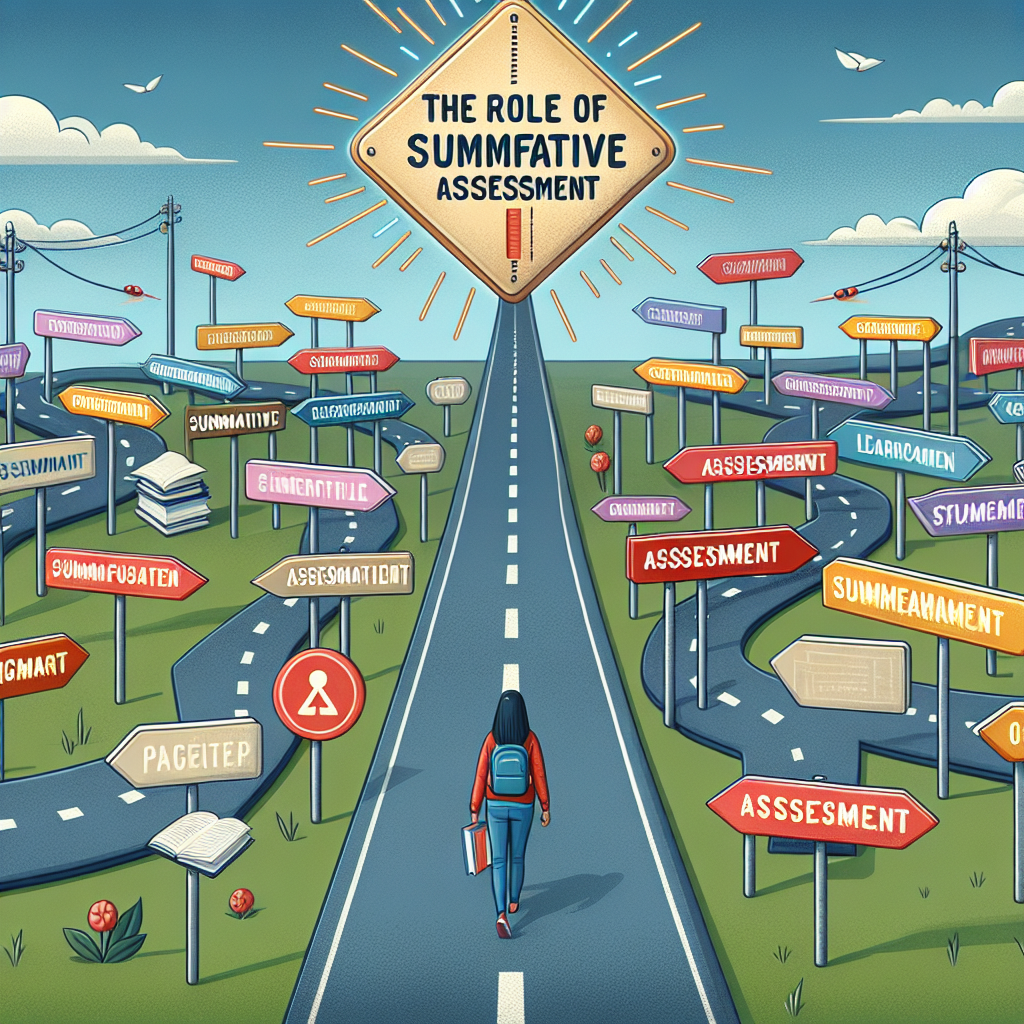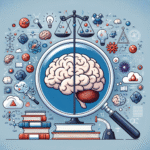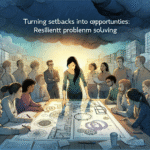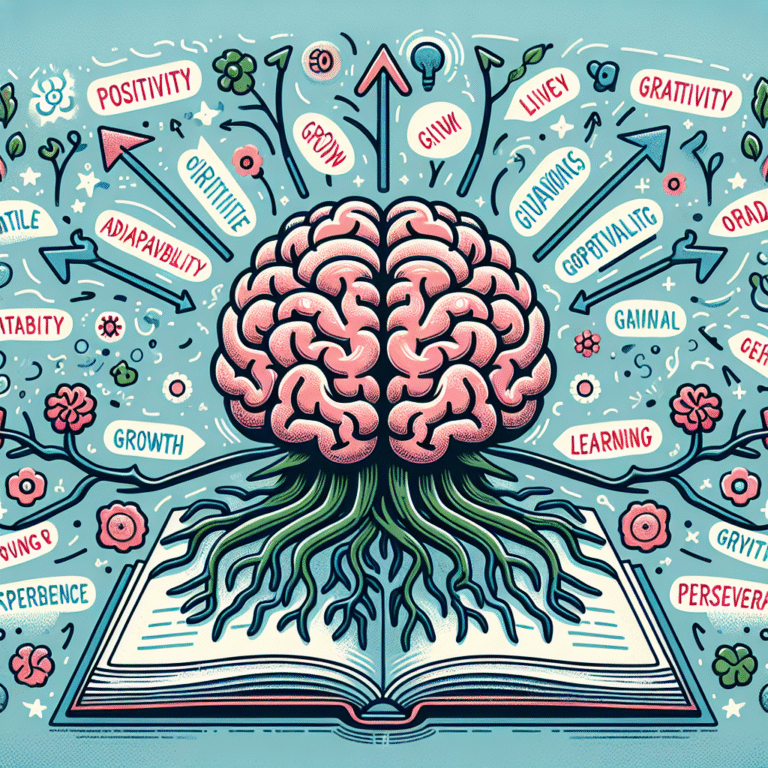
Introduction
Education is often viewed as a journey rather than a destination, filled with twists, turns, and milestones that shape our understanding and skills. Among the many tools educators wield to navigate this journey, summative assessment stands out as a crucial marker of progress. But what exactly is the role of summative assessment in the learning journey? As we unfold the layers of this essential concept, we’ll explore how it guides educators and learners alike, helping to illuminate the path toward educational success.
What Are Summative Assessments?
Before diving deeper, it’s vital to clarify what summative assessments entail. Summative assessments are evaluations that measure student learning at the end of an instructional unit, semester, or course. Think of them as the "final destination" of an educational phase—an opportunity to review what students have learned and achieved. Unlike formative assessments, which aim to guide the learning process in real-time, summative assessments serve the purpose of summarizing knowledge and understanding.
The Importance of Summative Assessment in Education
Measuring Learning Outcomes
One of the most significant roles of summative assessment in the learning journey is to measure learning outcomes. It provides educators with a tangible way to see if instructional goals have been met. For instance, a final exam in a mathematics course not only assesses knowledge but also identifies areas for improvement.
Case Study: Closing the Achievement Gap
In a national high school in the United States, educators implemented a comprehensive summative assessment strategy that included multi-part exams and project presentations at the end of each semester. The results revealed not just individual performance but also highlighted gaps in knowledge among different demographic groups. By analyzing these results, the school could tailor its interventions to support underperforming students, thus making strides in closing the achievement gap.
Informing Instructional Practices
When educators assess students’ learning through summative assessments, they gain valuable insights into effective teaching strategies. The data can help inform future instructional practices, ensuring that teaching methods align with student needs.
Case Study: Curriculum Refinement
At a renowned university, educators found that students consistently scored low on summative assessments in one particular course. By analyzing the assessment data, they concluded that the curriculum lacked engagement. The faculty revamped the course content and instructional strategies, resulting in improved student performance in subsequent semesters.
Accountability at Institutional Levels
Summative assessments are essential for both individual and institutional accountability. Schools and educational organizations are often evaluated based on the performance of their students’ summative assessments, serving as a key benchmark for quality and effectiveness.
Case Study: Grant Funding
In a Midwest community college, leaders used summative assessment results to apply for federal grant funding aimed at improving educational resources. The quantifiable data provided persuasive evidence of the institution’s commitment to academic excellence and improvement, leading to a successful grant application.
How Summative Assessments Influence Student Learning
Student Motivation and Goal Setting
Summative assessments play a crucial role in motivating students. Knowing there’s a significant assessment on the horizon often encourages students to engage more deeply with the material, set goals, and develop better study habits.
Case Study: A Shift in Attitude
At a high school in a suburban area, students were less engaged in their studies until teachers introduced a series of summative assessments. With clear expectations and focused preparation, students began to take pride in their work. As a result, engagement levels soared, and grades improved significantly.
Self-Reflection and Growth
The role of summative assessment in the learning journey also allows students to reflect on their achievements and identify areas for growth. It serves as a mirror, prompting them to consider what they’ve learned and how they can improve.
Case Study: Personal Growth Diaries
In a global education program, students were encouraged to maintain personal growth diaries alongside their summative assessments. After receiving their results, students wrote reflections on their learning processes. This not only reinforced their understanding but also fostered a culture of continuous improvement.
Challenges and Considerations of Summative Assessment
Over-Reliance on Single Assessments
While summative assessments are valuable, there’s a risk of over-reliance on them. When high-stakes assessments carry too much weight, they can create anxiety and pressure among students, negatively impacting their performance.
Analysis: Balancing Assessment Types
Educators advocate for a balanced approach that incorporates multiple assessment types. When summative assessments are integrated with formative assessments, students receive a more holistic evaluation of their learning journey.
Equity and Accessibility
Summative assessments must also be carefully designed to ensure they are equitable and accessible to all students. Factors such as language barriers, learning disabilities, and varying educational backgrounds can affect performance.
Analysis: Universal Design for Learning
Adopting principles from Universal Design for Learning (UDL) can help educators create summative assessments that cater to diverse learning needs. By offering various ways for students to demonstrate knowledge, schools can foster a more inclusive environment.
Innovative Practices in Summative Assessment
Utilizing Technology for Better Insights
In today’s digital age, technology plays a vital role in enhancing summative assessment practices. Online platforms can provide immediate feedback, analytics, and rich data for educators, allowing them to make data-driven decisions.
Case Study: Competency-Based Learning
In a forward-thinking high school, educators implemented a competency-based learning model supported by technology. The online assessments provided real-time data that helped educators tailor their teaching to meet individual student needs, thereby enhancing the overall learning experience.
Project-Based Assessments
Another innovative approach to summative assessment involves project-based learning. This strategy shifts the focus from traditional testing to real-world applications of knowledge, allowing students to demonstrate their learning in practical contexts.
Case Study: Environmental Science Project
At a university, students engaged in an impactful project-based assessment focused on sustainability. The project culminated in presentations to the local community, directly applying their learning. The students reported higher satisfaction and perceived relevance in their studies as a result.
Conclusion
The role of summative assessment in the learning journey is multifaceted and essential. From measuring learning outcomes to informing instructional practices, summative assessments serve as critical components of educational success. They foster accountability, motivate students, and encourage self-reflection, ensuring that learning is a continuous, enlightening process. As educators and institutions refine their assessment strategies, they can unlock greater potential for growth—both for themselves and their students.
Actionable Insights
- Diversify Assessment Types: Combine summative assessments with formative strategies to create a balanced evaluation approach.
- Embrace Technology: Utilize digital tools to enhance data collection and feedback, personalizing the learning experience.
- Encourage Reflection: Foster a culture of self-assessment and reflection among students to promote lifelong learning.
FAQs
Q1: What types of assessments are considered summative?
A: Common types of summative assessments include final exams, standardized tests, end-of-unit projects, and presentations.
Q2: How often should summative assessments be administered?
A: The frequency can vary, but they are typically administered at the end of instructional units or semesters. Balancing them with formative assessments throughout the learning journey is crucial.
Q3: Are summative assessments effective for all subjects?
A: While effective across various subjects, the design of summative assessments should be tailored to meet the unique objectives and outcomes of each discipline.
Q4: How can teachers reduce stress related to high-stakes summative assessments?
A: Teachers can provide preparation resources, offer practice tests, and maintain open communication to support students and alleviate anxiety.
Q5: How can technology enhance summative assessments?
A: Technology can offer immediate feedback, provide analytics for educators, and allow for innovative assessment formats like online simulations or interactive presentations.
In this exploration of the role of summative assessment in the learning journey, it becomes clear that these evaluations are not simply tests, but pivotal opportunities for growth, reflection, and improvement. As educators, students, and institutions harness the power of summative assessments, they lay the groundwork for a brighter, more successful future in education.















